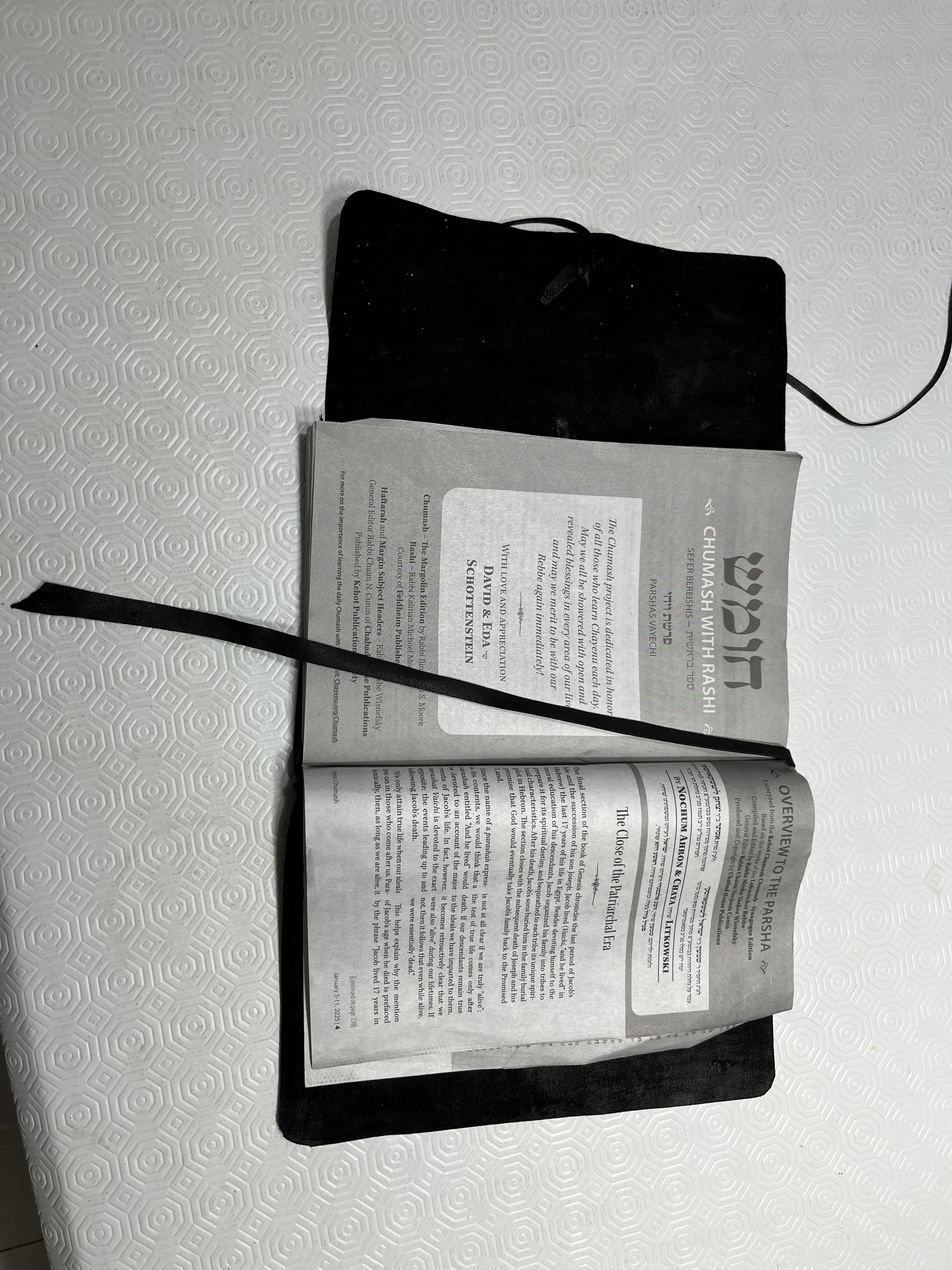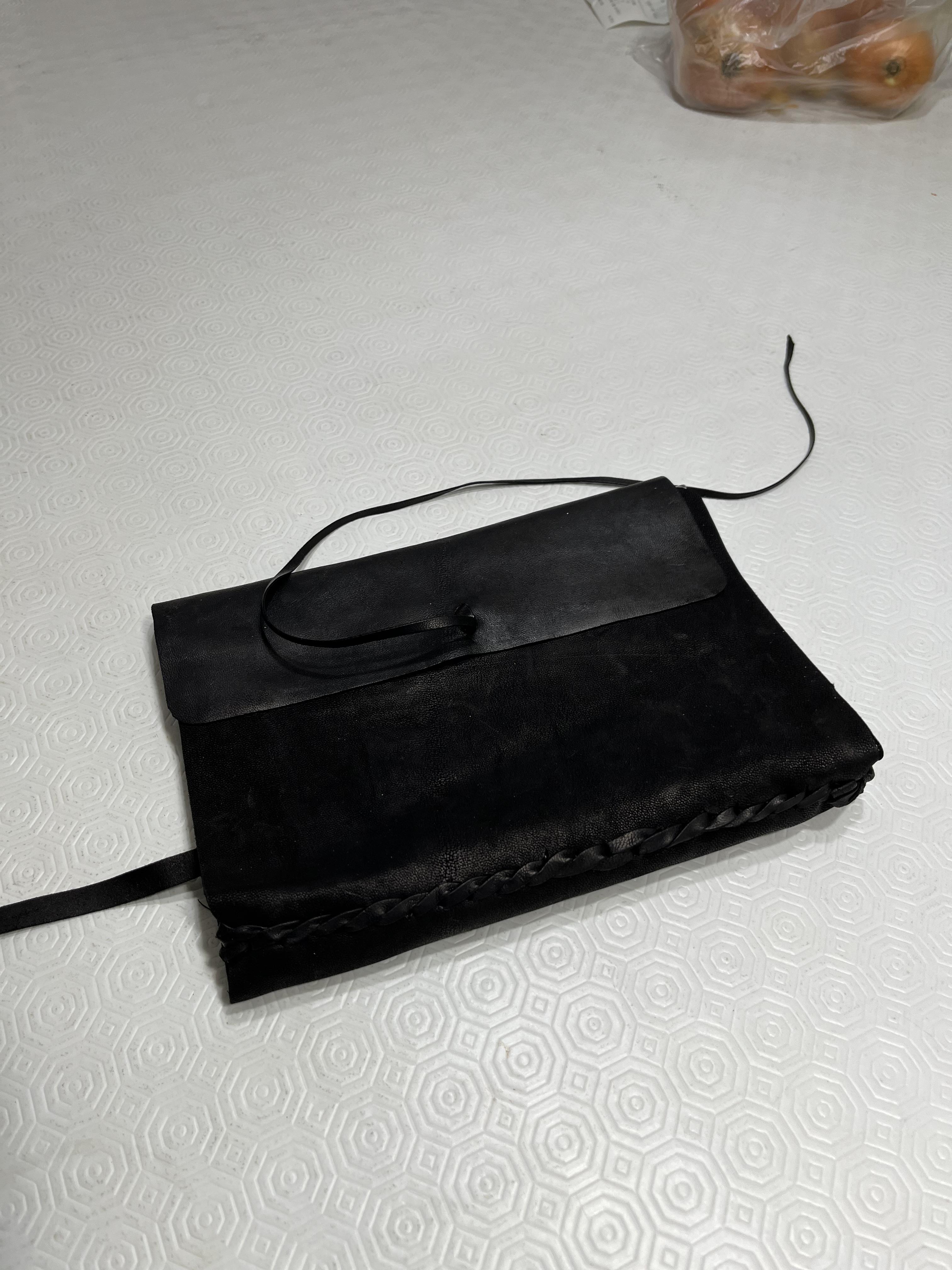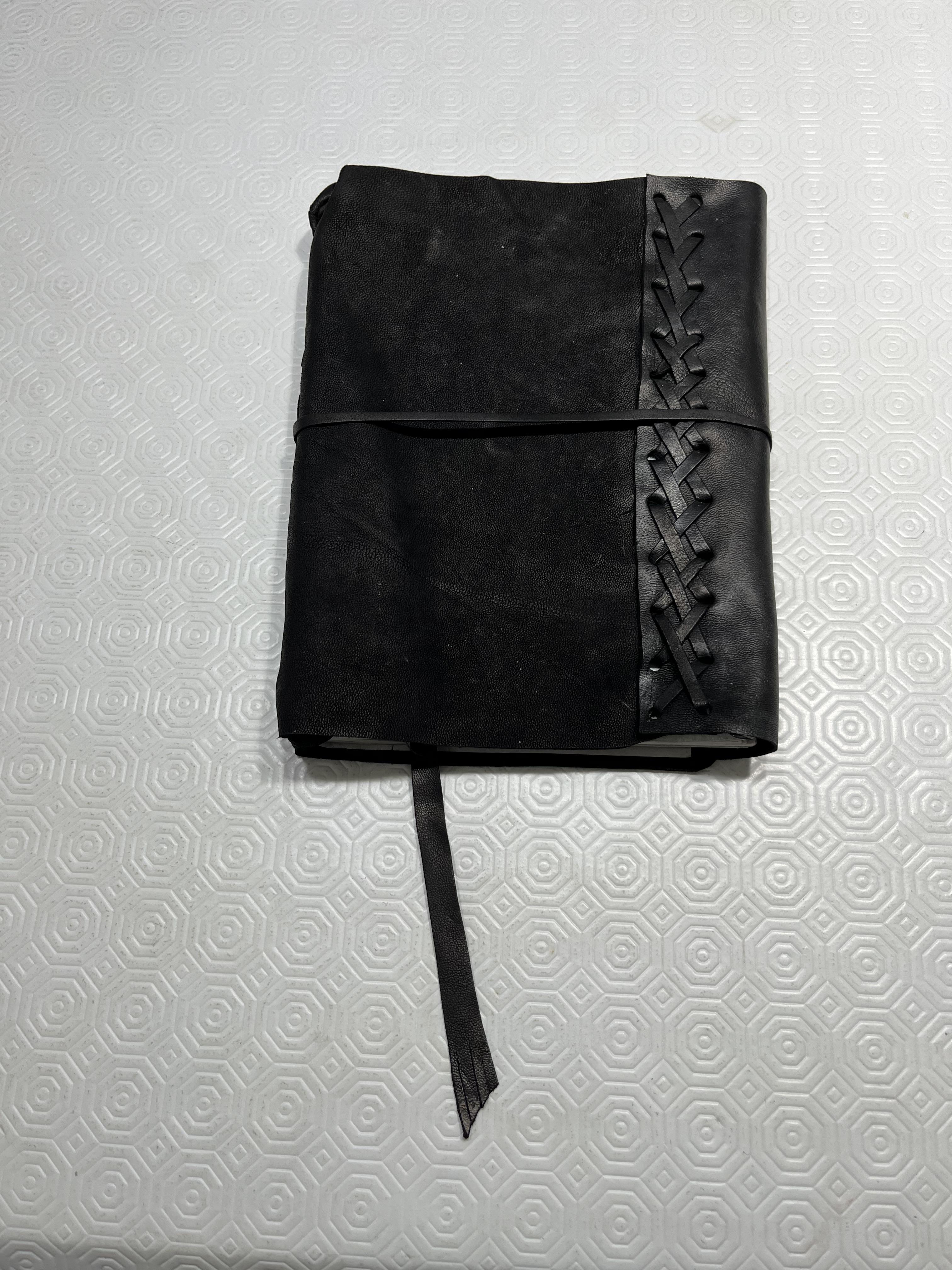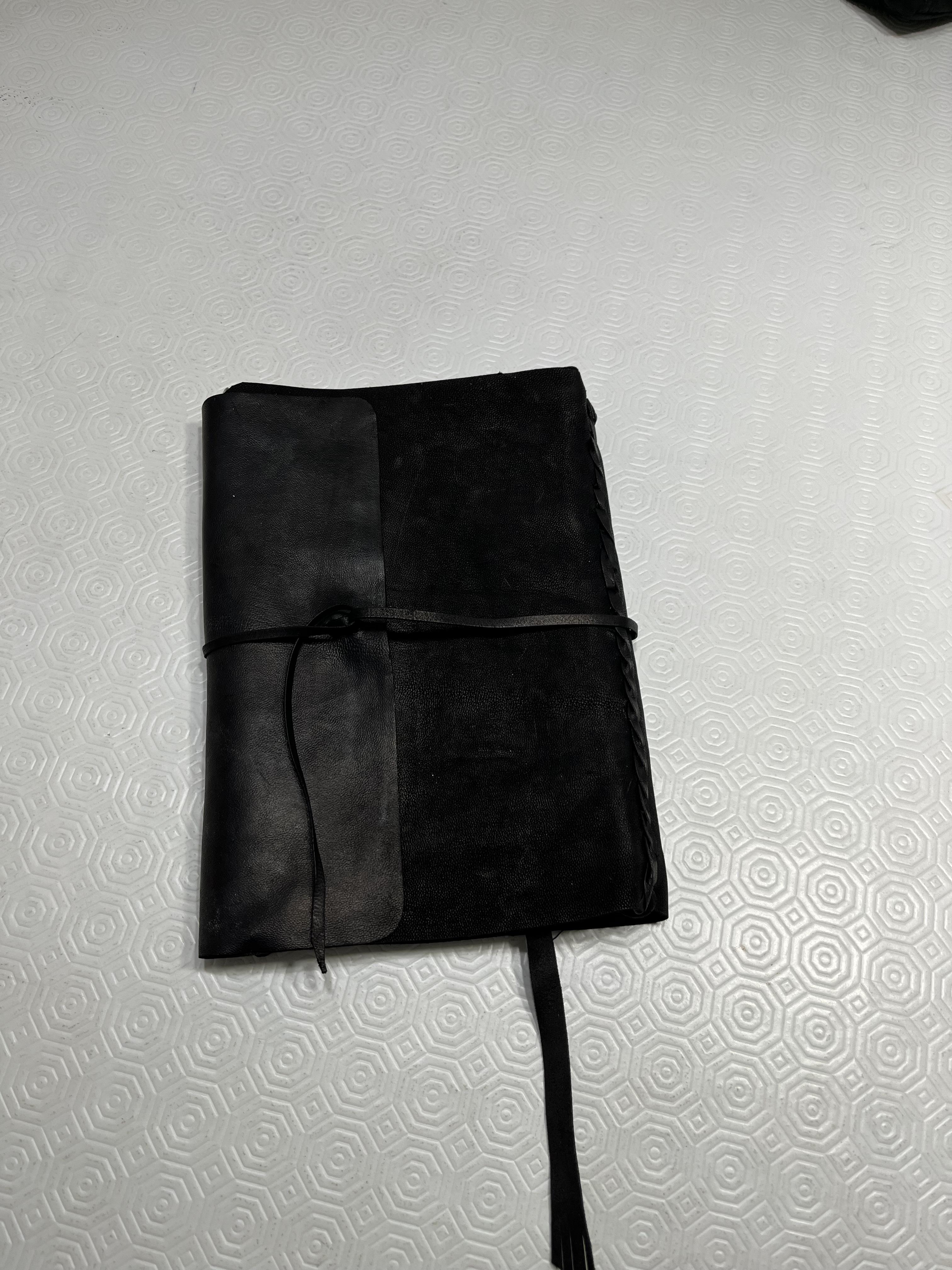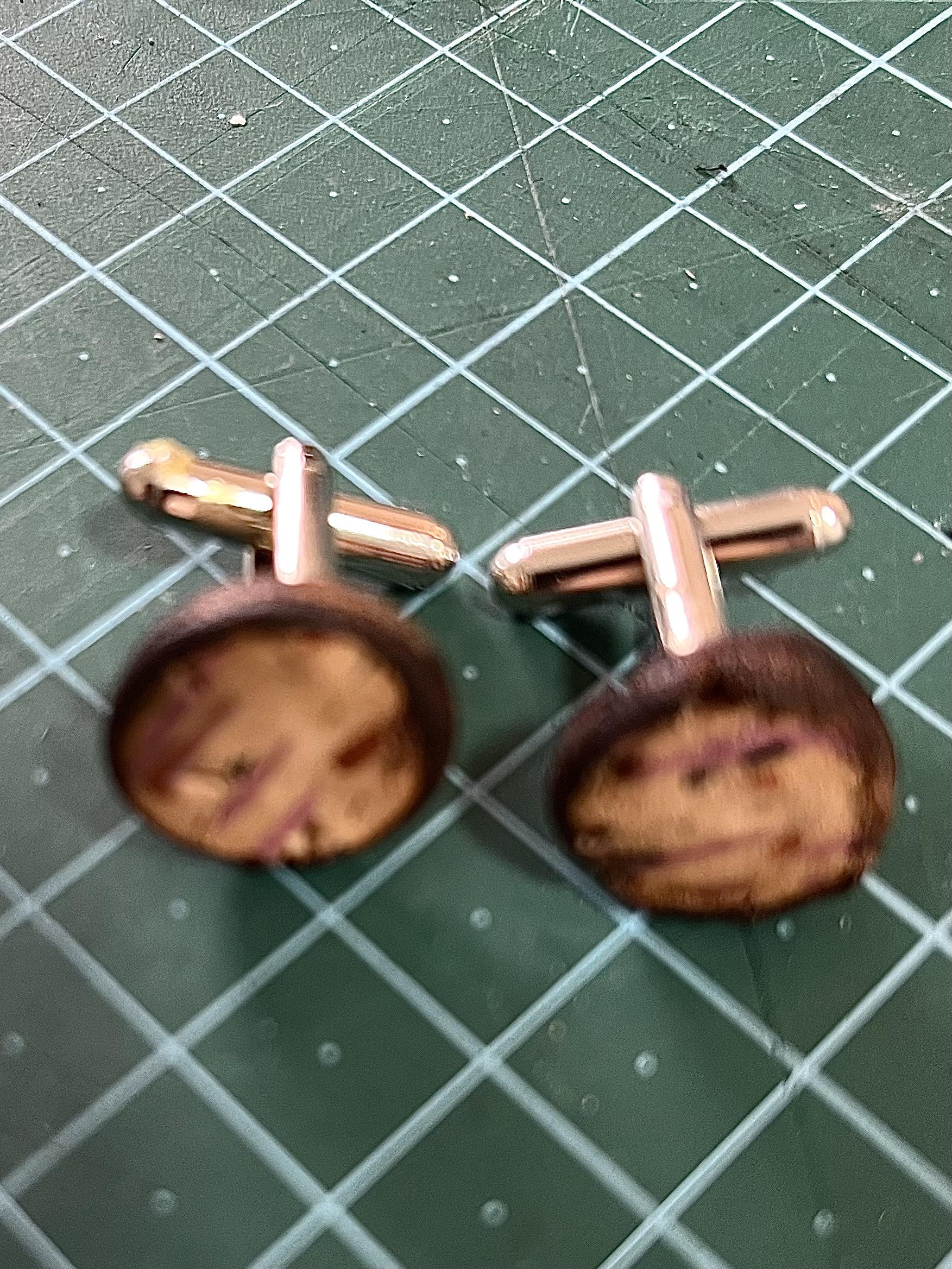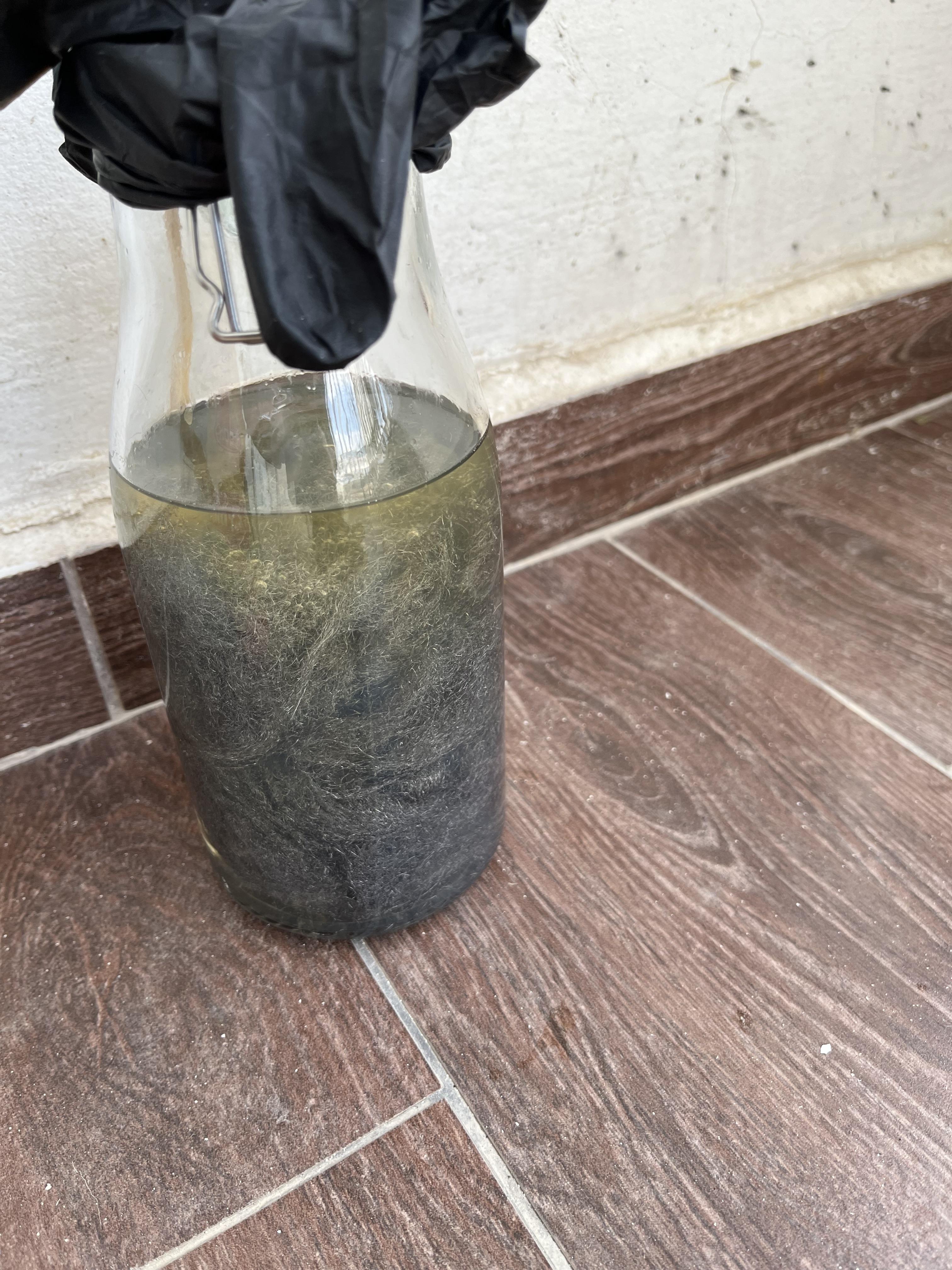
Nowandagain
Members-
Posts
30 -
Joined
-
Last visited
Contact Methods
-
Website URL
None
Profile Information
-
Gender
Male
-
Location
Israel
-
Interests
Carving/stamping, hand stitching, small projects. Unconventional dyes for veg tan.
LW Info
-
Leatherwork Specialty
Hobbyist
-
Interested in learning about
Dying veg tan with household materials; sources of leather and hardware that will ship here in small quantities at reasonable cost.
-
How did you find leatherworker.net?
Searching for information about home made dyes.
Recent Profile Visitors
2,844 profile views
Nowandagain's Achievements

Member (2/4)
-
Working on becoming a middling leather worker again (more on that if I ever get around to writing my profile) but definitely a lousy photographer. I’ll see if my wife can take some shots of the cuff links.
-
Nowandagain started following Need help in Stamping.. , Minimalist wallet/card holder , A cover to dye for and 1 other
-
I wish my basket weave came out 1/2 this well. Nicely done and nice even hand stitching. I stopped using a sponge for casing. Using a spray bottle seems to give me better results, even without bagging the leather or leaving it overnight.
-
A friend needed a cover for a monthly study guide he subscribes to. The guide doesn’t have even a soft cover- just 200+ pages of newsprint. He asked for a strap stitched at the top and bottom to hold the guide as an insert. I had some black 1-2 ounce nubuck that I thought would be perfect. Unfortunately the dye kept coming off on my hands! Not good, especially since he usually wears white shirts. Remind not to buy leather from India again. Bick 4 didn’t stop the bleeding, so I waxed the cover with paraffin. Success! For the closure extension & the lacing I skipped the Bick 4 and went straight to paraffin, which resulted in a higher gloss that contrasts nicely with the rest of the project. Instead of stitching, I used stair step lacing to fasten a reinforcement strip down the inside center and used one end of the lacing for the loop to hold the study guide in place. The other end became the bookmark. Then I used an 2 strand double-X lacing to add a cover extension to keep it from coming open in his briefcase. Your thoughts (other than ‘wow he’s a long winded cuss & a lousy photographer’)?
-
In honor of Passover, I made these cuff links in the form of hand made (round) matzoh. I tooled some veg tan vachetta to create the texture, used a diamond stitching punch to simulate the perforations, then colored them with a combination of acrylic and alcohol-based markers. The edges were singed to simulate the burnt edges of the matzoh, then burnished with Tokanol. Not bad for a one-afternoon project.
-
LittleF I’ll have to try dipping next time. I applied it generously with a foam paintbrush today. After several minutes to an hour, the piece turned a satisfying black. The piece is now very stiff and dry. I plan to do the back tomorrow. Any suggestions whether Otter Butter, Bick 4 or oil would be best to recondition the leather?
- 49 replies
-
- vinegaroon
- roon
- (and 10 more)
-
Yesterday I applied a few drops to one corner & got a very light gray. Maybe using a foam brush or dipping the leather might give me a better result. In any case I’m going to let the mix sit another week.
- 49 replies
-
- vinegaroon
- roon
- (and 10 more)
-
I just started my first batch, using your recipe. Wish me luck! Any guesses whether this will work on natural color veg tan if a few spots were previously colored with alcohol art markers- vermilion, burgundy & green? I’m hopeful it will blacken the colored areas as well.
- 49 replies
-
- vinegaroon
- roon
- (and 10 more)
-
Kara, there are two levels of problems with shipping here by Amazon. Some vendors do not ship here, others do. But the second are government import regulations. I'm wondering if the government considers leather dye environmentally sensitive because of the VOCs. I've also noticed that no one will ship contact cement here via Amazon, perhaps for the same reason. Knives are another sensitive issue. No one will ship a skiving knife here because Israel is very fussy over what knives are allowed in the country.
-
Dye Rubbing Off
Nowandagain replied to rktaylor's topic in Dyes, Antiques, Stains, Glues, Waxes, Finishes and Conditioners.
I had a similar problem some years ago with yellow dye bleeding off the grain side of some latigo. Neat-Lac did a good job of keeping it from happening again. -
In addition to the good advice that was already posted, what weight leather are you using? Lightweight veg tan often refuses to take an impression from larger stamps such as basket weave stamps. A tip I learned from a Don Gonzales video: if your leather is under 6 ozs (that’s my suggested thickness, not his) try putting a flexible cutting board between your leather and your granite or other stamping surface. That lets your leather take a deeper impression.
-
I’ve seen them strung as beads to make bracelets, necklaces or earrings but I’ve never tried it myself.
-
Trailblazer, thanks. Sadly no access to pistachio hulls or acorns either, but there’s lots of red wine here. (Sadly I had to give up alcohol this year for medical reasons, but they still sell it.) Does it matter whether you use dry or (ugh!) sweet wine? Have you had better luck with any particular type of grape? When you have used it, do you concentrate the wine first in anyway, or just use it straight from the bottle? Soak it, or swab it on? any tips you can give me would be great!



